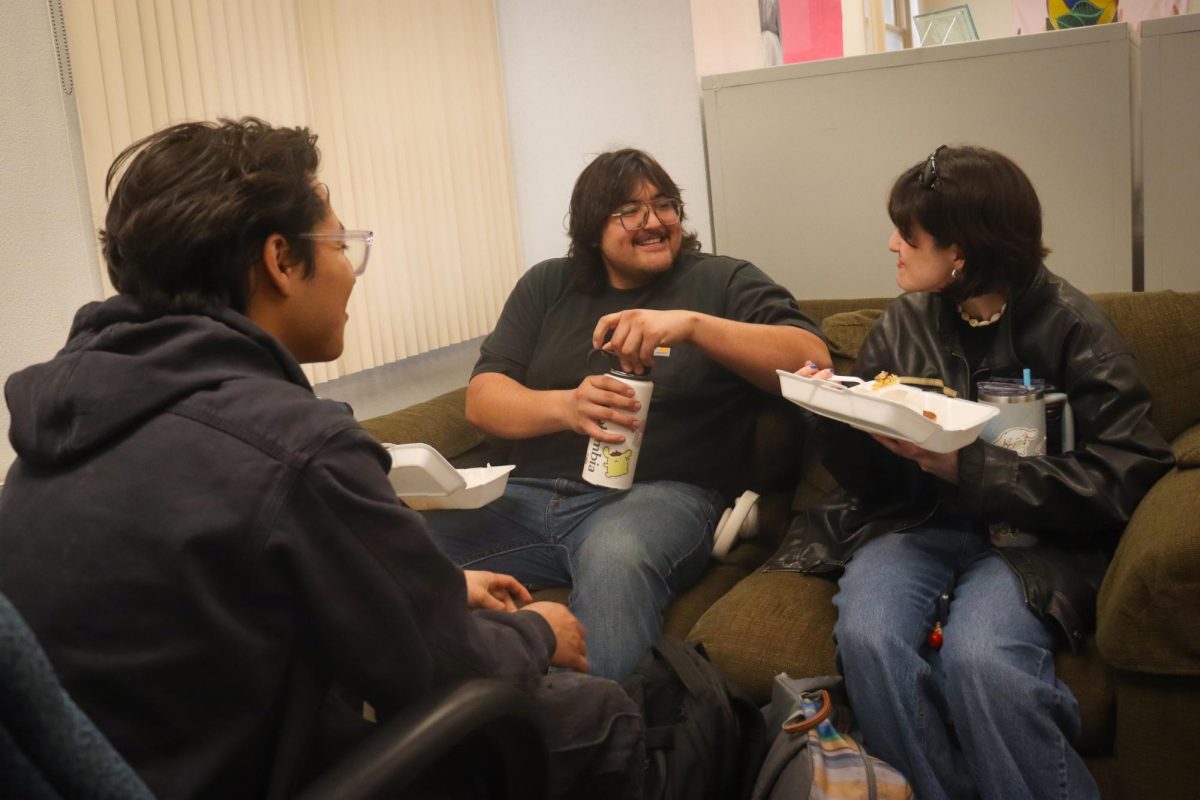The University of Texas at El Paso (UTEP) is one of the largest Hispanic-Serving Institutions (HSI) in the United States. The university focuses on a variety of dimensions to support its Hispanic and Latino students, a demographic that makes up 84% of its student body.
Director of the Office of Provost and Academic Affairs Dr. Anne-Marie Núñez shared insight into what makes UTEP a standout HSI.
“In terms of how it operates as a Hispanic-Serving institution, UTEP really focuses on a variety of dimensions to support its students. One of the ways that a lot of staff and faculty talk about is meeting students where they are. They talk about supporting students with high impact practices that are demonstrated to promote student success and positive academic and non-academic outcomes, and authentically serving students,” Núñez said.
An HSI is defined as an institution that enrolls at least 25% full-time undergraduates of Hispanic background. HSIs were established in 1992 under the Higher Education Act are eligible to apply for certain federal funds to support the Hispanic population in terms of educational development.
“HSIs were established in 1992, and there were only 189 then. There are now 600. That reflects the growth in the Latino population and that demographic. Currently, [UTEP is] only one of 233 HSIs that are also highly active research universities, and one of the few that was an HSI before it got that denotation,” Núñez said.
As an HSI, UTEP focuses on five important principles to support its students: academic support, financial support, social support, cultural support and career support. These areas of focus contribute to what Núñez refers to as a “culture of care.”
The first focus, academic support, is characterized by promoting positive outcomes for students.
“It’s what some of my colleagues and I and some of the research I’ve done call ‘servingness.’ That’s just creating really culturally affirming environments for students to thrive. [This means] promoting positive outcomes like graduation, persistence, GPAs, year-to-year retention in the major. Also, non-academic outcomes like leadership qualities, social consciousness [and] community engagement,” Núñez said.
UTEP also supports students financially, hailing itself as the most affordable research university in Texas. According to the Institute for College Access and Success, half of Latino students rely on Pell Grant funds to attend and complete college. At UTEP, over 69% of undergraduate students receive financial aid.

“[UTEP is] really trying to organize departments and units so that they promote academic support of students and financial support. For example, offering students on campus jobs. It could [also] mean in and out of class peer learning opportunities, tutoring, experiential learning, internships [and] social support,” Núñez said.
Career support is exhibited by the opportunities afforded to students while earning their degrees and after. This means preparing students and guiding them into the workforce and providing meaningful degree plans that can translate into student’s chosen office, company or enterprise.
“It’s important to link students with the kinds of experiences that are going to show them professional pathways, whether that be workshops on how to do interviews, an internship in a local company or even with a professor doing research,” Núñez said.
The last two principles are cultural and social support. These two factors are what separate HSIs from other types of universities, and what draw Hispanic and Latino students to these institutions.
“In terms of social support, faculty try to get to know students’ names. UTEP offers faculty, in the orientation packet, a little booklet on how to pronounce names correctly. That kind of environment helps students feel more comfortable, feel more seen and less out of place,” Núñez said. “Cultural support that’s understanding. UTEP has a highly bilingual population [a] capacity to navigate multiple languages and live in multiple cultures is an asset that students bring that’s [going to] translate well into the workforce.”
Despite growing awareness and funding for HSIs in recent years, some fear President Donald Trump’s administration may halt the progress the community has made regarding the accessibility of higher education. With recent “crackdowns” on DEI, immigration, and other policies that heavily impact Hispanic American communities, the future seems unpredictable.
“Things are changing day by day. That makes me hesitant to assess the impact when every single day, the situation is changing. What I hope is that the importance of HSIs will not be lost,” Núñez said. “What I hope is that there will be lawmakers and policy makers who recognize the importance, as demonstrated in evidence, that HSI’s contribute to the U.S. workforce, and that they contribute to professions in which Hispanics have been underrepresented, like science. [I hope] they will see that the interests of HSIs and that what HSIs do are congruent with the economic and global competitiveness of the United States.”
HSIs and the education they provide for Hispanic and Latino students are imperative to the American landscape. They provide a community for students to receive a meaningful education in a supportive environment.
Leah Austin is staff reporter at The Prospector and may be reached at [email protected].









